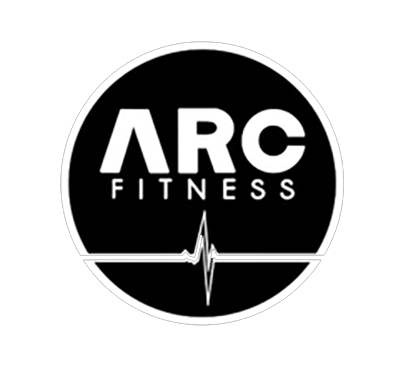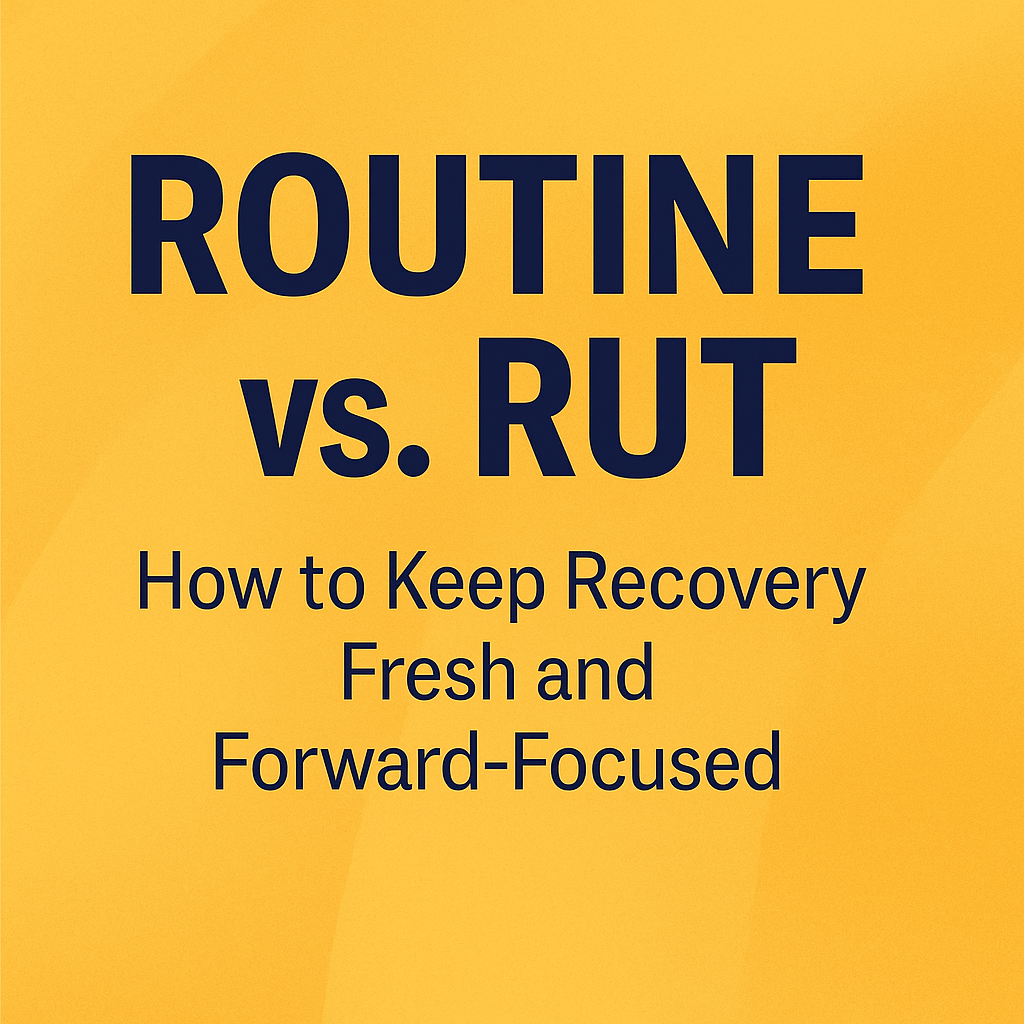No products in the basket.
Uncategorized
Routine vs. Rut: How to Keep Recovery Fresh and Forward-Focused
Routine vs. Rut: How to Keep Recovery Fresh and Forward-Focused
Structure is vital in recovery. Routines help stabilise your brain, create predictability, and reduce the chaos that often fuels addiction. But there’s a fine line between a routine that supports growth and a rut that holds you back.
At ARC Fitness, we teach our clients how to build consistent routines, but we also show them how to evolve. Real recovery isn’t about doing the same thing forever; it’s about staying engaged, adaptive, and aligned with your growth.
Routine is the Foundation
Let’s be clear: without structure, recovery struggles. A strong routine anchors your day, helps regulate your nervous system, and reduces decision fatigue. You don’t need to think about whether you’re going to train, eat, journal, or sleep—because it’s already part of your rhythm.
That’s the power of habit.
But what happens when the structure that once helped you… starts to feel like a cage?
The Danger of the Rut
A rut is when your routine becomes mindless. You’re going through the motions but not moving forward. You feel stagnant. Disconnected. Bored. This can happen to anyone, especially in long-term recovery.
The signs of a rut:
- You dread parts of your day that once gave you energy
- You stop reflecting or challenging yourself
- You feel stuck, even though you’re “doing the work”
- You lose sight of your goals and start drifting
The danger is that ruts can quietly erode motivation and lead to complacency. And in recovery, complacency can be a slippery slope.
Evolving Routine Into Rhythm
The solution isn’t to throw your routine away—it’s to evolve it. Ask yourself:
- What’s still working for me?
- What feels stale or forced?
- Where am I avoiding growth or discomfort?
The goal is to keep your routine rooted, but not rigid.
Here’s how to keep your recovery rhythm forward-focused:
1. Inject Variety
Try new forms of movement. Change your environment. Rotate your morning or evening rituals. Even small changes can reignite engagement.
2. Set New Challenges
Stretch goals keep your brain stimulated. Sign up for a 5K, start a new habit, or take on a leadership role in your recovery group. Growth needs challenge.
3. Revisit Your “Why”
Reflect on why you started this journey. If your goals have evolved, your routine should too. Reconnect to your purpose—it’s the engine behind action.
4. Track Energy, Not Just Habits
Notice how your routine makes you feel. Are you energised? Numb? Resentful? Your emotional response is key data.
5. Talk It Out
Sometimes you’re too close to your habits to see the rut. Talk with a coach, peer, or mentor to explore new ideas and get unstuck.
ARC’s Approach: Adaptable Structure
At ARC Fitness, we help clients build strong routines—but we also help them learn to pivot. Whether you’re in week one or year five, we believe in keeping things fresh, flexible, and forward-driven.
Our coaching, training, and group work are all designed to evolve with you, not keep you boxed in. Because recovery isn’t just about what you do. It’s about who you’re becoming.
Final Word: Keep It Moving
Routines are powerful tools—but they’re not the goal. The goal is progress. Growth. Momentum. When your routine stops serving that, it’s time to shake it up.
Don’t fear the pivot. Embrace it.

